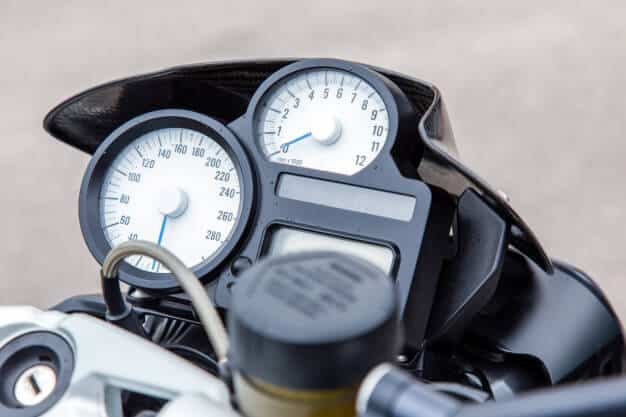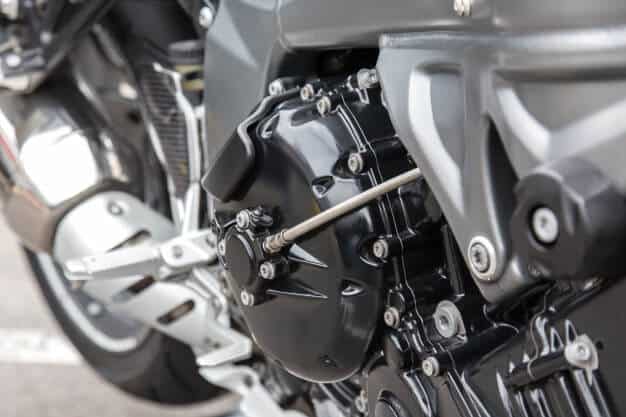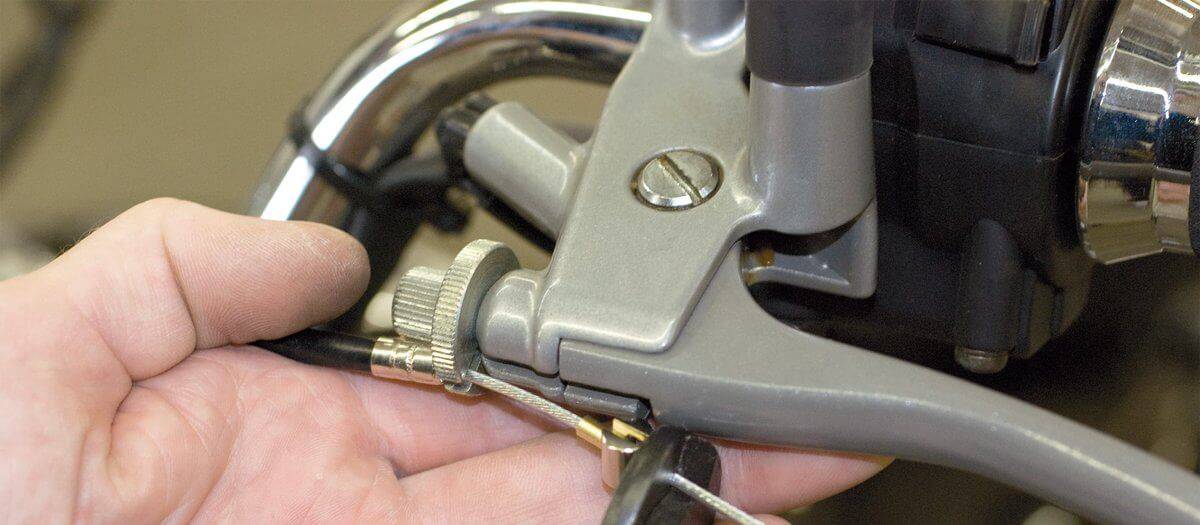Proper motorcycle maintenance is vital in order to ensure optimal performance. Some of the basic maintenance activities include; cleaning and oiling the chain, maintaining good tire pressure, changing oil as well as changing the oil filters.
More importantly, understanding how motorcycle cables work is vital but such knowledge has always been overlooked. Maintaining the control cables of a motorcycle makes the user experience more enjoyable while neglected cables pose a great untold danger to the rider.
Motorcycle Control Cables
There are three main components of the motorcycle control cables that include; protection cable, inner cable, and cable ends. The cable ends are meant to connect the control cables to the unit levers such as the handlebar lever or the brakes.
The main motorcycle control cables include the throttle, the clutch, and the front brake cables.
Removing Control Cables
Removing the control cables on a motorcycle should not be done haphazardly. It is important to review the user manual that came with your motorcycle before carrying out the activity. An important thing to note is that the whole process of removing control cables varies from one motorcycle to another.
During disassembly, an incorrect process can cause the throttle or the clutch to stick. Most people are unaware of just how dangerous riding a motorcycle with a throttle or clutch malfunction is. The user manual provides a step-by-step analysis of how to go about removing the control cables.
Lubricating Motorcycle Cables
The control cables that are connected to either the throttle or the clutch require frequent lubrication. This is because some of the cables connected to the two areas often wear down easily thus reducing the efficiency of the motorcycle. In a worst-case scenario, the control cables can fail to function entirely.
Proper knowledge of the cable types on your motorcycle enables you to determine what type of lubricant should be used. The best motorcycle cables work effectively when lubricated using motor oil.
Installing Control Cables
Before the installation process, it is important to clean and lubricate all the pivot points on a motorcycle. The importance of such lubrication is based on the fact that non-lubrication of the pivot points causes premature wear and tear.
It is recommended that you check the user manual for guidelines. Loose cables expose the rider to unsafe conditions while cables that are too tight can crack.
The Rear Braking System
A cable-operated rear brake system is not common on most motorcycles. Alternatively, the rear braking system on a motorcycle uses adjustable stops that determine how much the brake lever can move. If you wish to adjust the rear brakes, ensure that the brake lever is maintained in a normal riding position.
About the author: Michael Parrotte was the Vice President of AGV Helmets America, and a consultant for KBC Helmets, Vemar Helmets, Suomy Helmets, Marushin Helmets, KYT Helmets, and Sparx Helmets. In addition, he is the founder and owner of AGV Sports Group.



